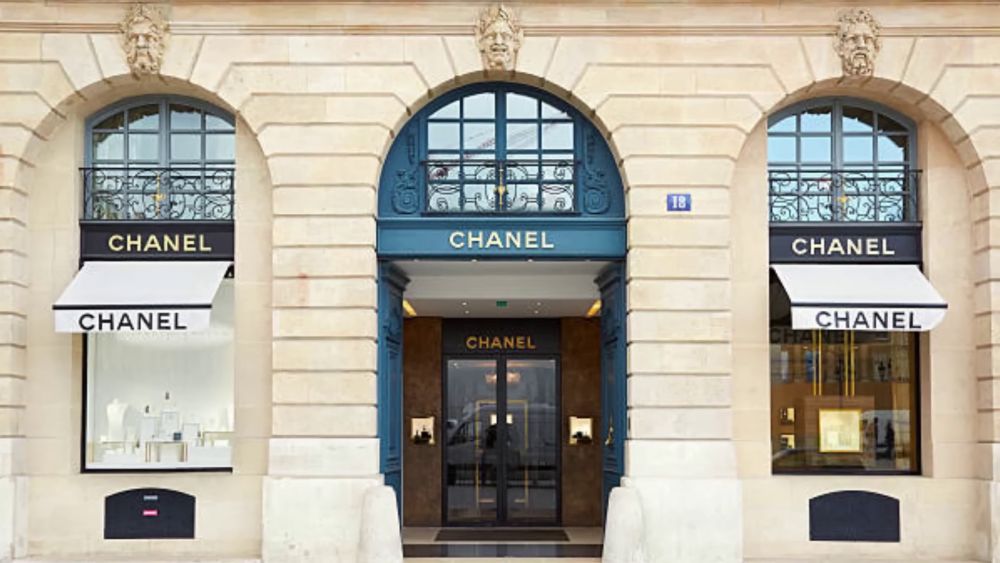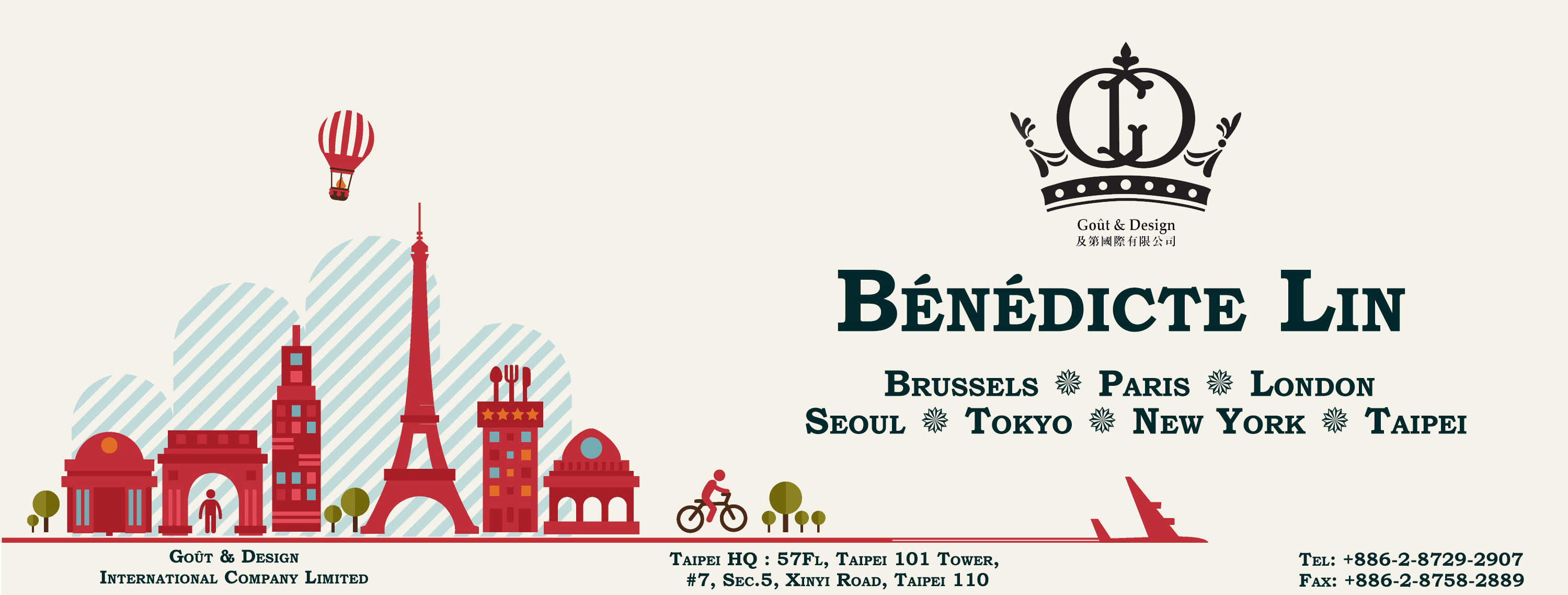The luxury goods market defied crises and posted record sales of $385 billion in 2022. Despite recent signs of weakness, younger generations are driving demand, while increasing interest rates and inflation pose challenges for the industry’s growth.

The Lucrative World of Luxury Goods. In recent times, the luxury goods market has emerged as a global powerhouse, with giants like LVMH leading the charge. The surge in demand for high-end products, from opulent cars to limited edition trainers, has been unstoppable, even amidst financial crises and a pandemic. In 2022, the sector recorded a historic high, with personal luxury goods sales exceeding a staggering $385 billion. What’s intriguing is that the market’s growth isn’t solely driven by the affluent; middle- and low-income shoppers now account for a significant portion of luxury purchases. This shift in consumer demographics has opened up new opportunities for brands to capitalize on youth internet culture, leveraging social media and influencers to fuel demand.
Changing Dynamics of Luxury Consumption. As luxury goods become more attainable, the industry faces a delicate balance between exclusivity and accessibility. The allure of luxury lies in its status-symbol appeal, but with increased availability, the prestige of owning luxury items is somewhat diluted. Brands strive to maintain their cachet by offering a mix of top-shelf and “accessible” products while increasing prices strategically. However, missteps in pricing strategies have proven detrimental in the past, emphasizing the importance of careful market positioning. Additionally, the rise of “Veblen goods” creates a paradoxical situation where demand escalates with higher prices, challenging conventional economic theories.
The Youthful Consumer Power. The luxury goods landscape is witnessing a generational shift, with millennials and Gen Z driving a substantial portion of sales. Thanks to a combination of disposable income, prolonged cohabitation with parents, and social media influences, young consumers are more inclined to invest in luxury items. Influencers play a pivotal role in shaping their desires, often receiving expensive items for promotion. The convenience of buy now, pay later platforms further eases financial barriers, making luxury goods more accessible to the younger demographic. However, critics question the sustainability of borrowing to impress, especially when young consumers’ finances may already be strained.
[masterslider alias=”ms-81″]Luxury Goods as Investments: Weighing the Risks While luxury goods possess an undeniable allure, their worth as investment assets comes under scrutiny. Rare whiskey bottles have outperformed other luxury assets over the past decade, but most items tend to underperform the stock market. Moreover, costs associated with storage, insurance, and transaction fees further impact potential returns. Collectibles may hold sentimental value, but their viability as true investments may be questionable. In a dynamic marketplace, the luxury goods industry faces both opportunities and challenges. Brands must navigate the evolving demands of a diverse consumer base while maintaining an aura of exclusivity.

As the market continues to evolve, the commercial strategies employed will define the future of luxury goods worldwide.

